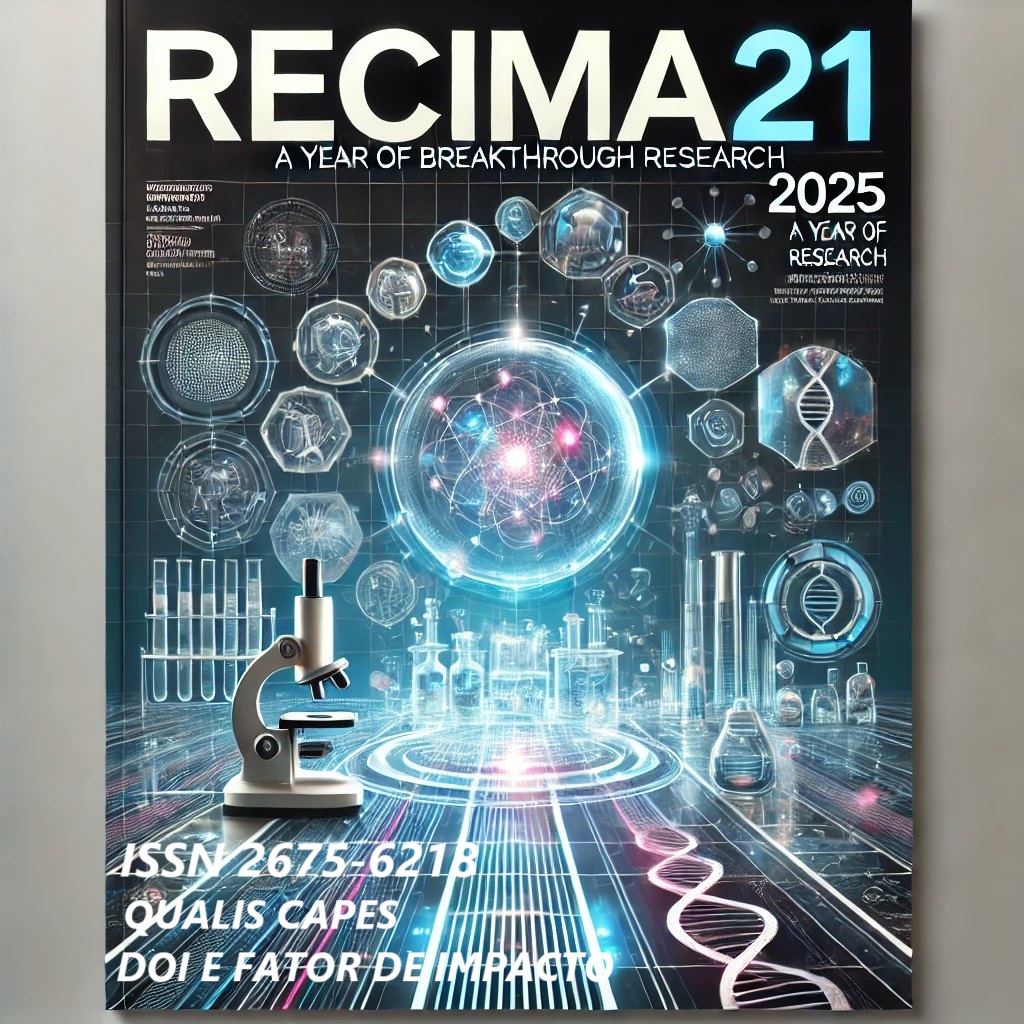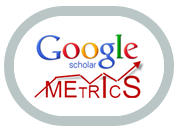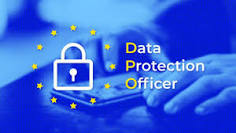THE APPLICATION OF ARTIFICIAL INTELLIGENCE IN DEFENSE TECHNIQUES AND THE ORCHESTRATION OF SYSTEMS AGAINST CYBER THREATS
DOI:
https://doi.org/10.47820/recima21.v6i11.6919Keywords:
Cybersecurity. Hacktivism. Anonymous Sudan. Artificial Intelligence. DDoS. SOAR.Abstract
This study presents an in-depth analysis of the evolution of contemporary cyber threats through the case study of the hacktivist group Anonymous Sudan. It examines the group’s motivations, strategies, and global impacts, focusing on the use of DDoS (Distributed Denial of Service) attacks to disrupt critical infrastructures and essential online services. The research highlights the increasing sophistication of these attacks and the limitations of traditional defense systems—such as firewalls and signature-based intrusion detectors—when facing automated and adaptive cyber operations. The main objective is to evaluate the effectiveness of Artificial Intelligence (AI) and Machine Learning (ML)-based security solutions in mitigating distributed and large-scale attacks. The study explores the application of intelligent algorithms capable of detecting anomalies and responding in real time, emphasizing the role of SOAR (Security Orchestration, Automation and Response) platforms in coordinating automated defense mechanisms. Supported by a bibliographic and documentary review, the research demonstrates that the integration of AI into cybersecurity marks a new era in digital defense.The findings indicate that modern cybersecurity has become a strategic battle between offensive and defensive AI, where adaptability, automation, and continuous learning are essential to ensure digital resilience and operational continuity in critical environments.
Downloads
References
AL-GARADI, M. A. et al. A survey of machine learning techniques for cyber security in IoT. IEEE Communications Surveys & Tutorials, v. 20, n. 3, p. 2577-2601, third quarter 2018.
ANDREWS, P. V.; CHERIAN, J.; MADY, M. F. A Survey on the Use of Blockchain in the Internet of Things (IoT) Security. International Journal of Computer Networks and Communications, v. 14, n. 4, p. 75-87, 2022.
BECKER, S.; KUNZE, C.; VANCEA, M. Community energy and social entrepreneurship: Addressing purpose, organization and embeddedness of renewable energy projects. Journal of Cleaner Production, v. 147, p. 25–36, 2017. DOI: https://doi.org/10.1016/j.jclepro.2017.01.048
BOUSSAHA, H. et al. 5G/6G Security Challenges and Solutions for IoT: A Survey. IEEE Access, v. 11, p. 11883-11910, 2023.
BRYNJOLFSSON, E.; MCAFEE, A. The second machine age: Work, progress, and prosperity in a time of brilliant technologies. New York: W. W. Norton & Company, 2014.
DAVENPORT, T. H.; RONANKI, R. Artificial intelligence for the real world. Harvard Business Review, v. 96, n. 1, p. 108-116, 2018.
MERCADO COMUM DO SUL (MERCOSUL). Lei nº 13.709, de 14 de agosto de 2018. Lei Geral de Proteção de Dados (LGPD). Diário Oficial da União, Brasília, DF, 15 ago. 2018.
SHAFI, M. et al. 6G Vision: A New Era of Wireless Communication. Applied Sciences, v. 10, n. 12, p. 4390, 2020.
YIN, H. et al. Security and Privacy in 5G-Enabled Internet of Things: Challenges and Solutions. IEEE Network, v. 34, n. 4, p. 28-34, July/August. 2022.
Downloads
Published
License
Copyright (c) 2025 RECIMA21 - Revista Científica Multidisciplinar - ISSN 2675-6218

This work is licensed under a Creative Commons Attribution 4.0 International License.
Os direitos autorais dos artigos/resenhas/TCCs publicados pertecem à revista RECIMA21, e seguem o padrão Creative Commons (CC BY 4.0), permitindo a cópia ou reprodução, desde que cite a fonte e respeite os direitos dos autores e contenham menção aos mesmos nos créditos. Toda e qualquer obra publicada na revista, seu conteúdo é de responsabilidade dos autores, cabendo a RECIMA21 apenas ser o veículo de divulgação, seguindo os padrões nacionais e internacionais de publicação.













